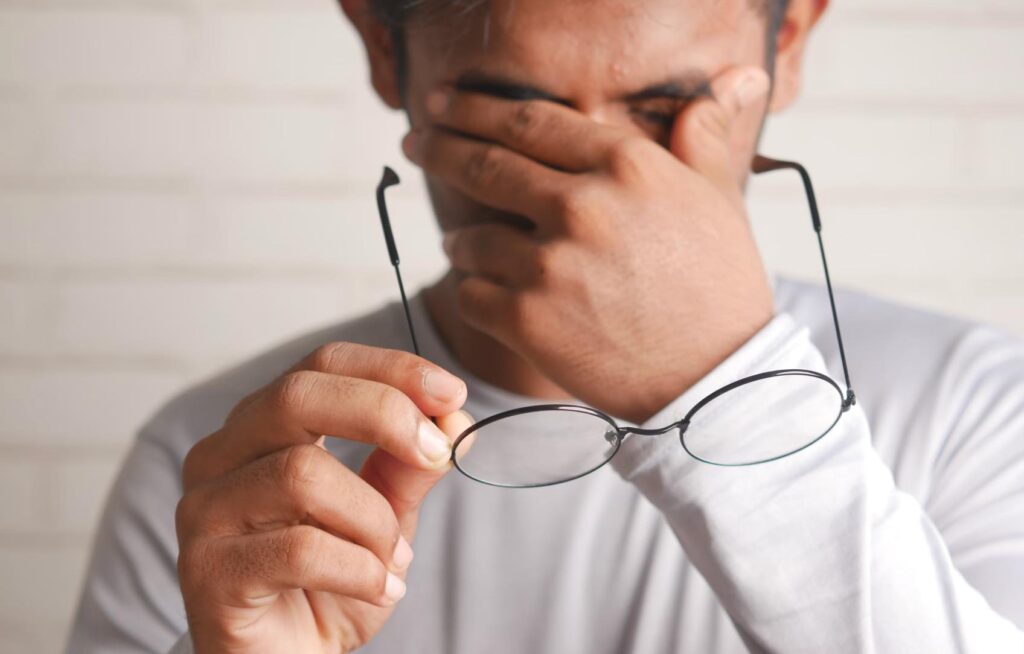Sleep apnea, a condition characterized by pauses in breathing during sleep, affects millions worldwide, often silently stealing the restorative power of slumber. While the consequences – daytime fatigue, cardiovascular issues, and even increased mortality risk – are significant, the path to diagnosis can feel confusing and daunting.
Traditional methods, while effective, can be inconvenient and expensive. In this article, our Rancho Cucamonga Sleep Apnea experts will discuss the evolving landscape of sleep apnea diagnosis, exploring both established techniques and innovative approaches that are making detection faster, more comfortable, and more accessible. We’ll uncover the latest advancements and provide practical advice for navigating the diagnostic journey.
The Established Path: Polysomnography (PSG) and Home Sleep Apnea Tests (HSAT)
For years, polysomnography (PSG) has been the gold standard for sleep apnea diagnosis. This comprehensive sleep study, generally conducted in a sleep lab, involves attaching various sensors to monitor brain waves, heart rate, breathing patterns, blood oxygen levels, and eye movements throughout the night. PSG provides a detailed picture of sleep architecture and allows for accurate identification and quantification of apnea and hypopnea events.
However, PSG’s limitations are undeniable. The cost can be prohibitive, the need for a sleep lab visit can be inconvenient, and the unfamiliar environment can disrupt sleep quality, potentially leading to inaccurate results.
This is where home sleep apnea tests (HSAT) step in. HSATs are portable devices that monitor key respiratory parameters during sleep at home. While generally less comprehensive than PSG, HSATs offer a more convenient and often less expensive alternative.
Most Rancho Cucamonga Sleep Apnea Experts will tell you that they are particularly useful for screening purposes and for diagnosing obstructive sleep apnea (OSA), the most common form.
Innovative Diagnostic Tools
While PSG and HSAT remain cornerstones of diagnosis, several innovative approaches are emerging, promising to revolutionize how we detect sleep apnea:
- Wearable Sensors and Smartwatches: The proliferation of wearable technology is opening up exciting possibilities. Advanced smartwatches and fitness trackers are incorporating sensors capable of detecting subtle changes in heart rate variability, respiratory rate, and movement patterns that can be indicative of sleep apnea. While not yet a replacement for established methods, these devices offer a potential for early screening and identification of individuals at high risk. Further research is needed to refine the accuracy and reliability of these tools for sleep apnea diagnosis.
- Artificial Intelligence (AI) and Machine Learning: AI algorithms are increasingly being used to analyze data from sleep studies and wearable sensors. These algorithms can identify patterns and anomalies that might be missed by human observers, potentially improving diagnostic accuracy and efficiency. AI-powered systems can also help personalize treatment plans based on individual patient characteristics and sleep patterns.
- Smartphone Apps: Several smartphone apps utilize built-in sensors and algorithms to assess sleep quality and detect potential sleep apnea symptoms. While these apps should not be considered diagnostic tools, they can provide valuable insights and encourage individuals to seek professional medical evaluation if concerning patterns emerge. These apps often incorporate questionnaires about sleep habits and symptoms, providing a preliminary assessment of risk.
- Improved Respiratory Effort-Related Arousals (RERAs) Detection: RERAs are brief reductions in airflow during sleep that are often associated with sleep apnea. Advances in signal processing techniques are improving the ability to accurately detect and quantify RERAs, providing a more nuanced understanding of sleep-disordered breathing.
- Focus on Upper Airway Anatomy: New imaging techniques, such as cone-beam computed tomography (CBCT), are providing increasingly detailed visualizations of the upper airway. This allows clinicians to better understand the anatomical factors contributing to sleep apnea, informing treatment decisions and potentially guiding the selection of appropriate interventions.
Navigating the Diagnostic Process: Practical Advice
If you suspect you might have sleep apnea, our Rancho Cucamonga Sleep Apnea Experts will recommend the following:
- Consult your physician: Discuss your symptoms and concerns with your doctor. They can conduct a preliminary assessment and determine the need for further testing.
- Be prepared for questions: Your doctor will ask about your sleep habits, medical history, and any symptoms you’re experiencing. Be honest and thorough in your responses.
- Understand the testing options: Discuss the advantages and disadvantages of PSG and HSAT with your doctor to determine the most appropriate approach for your individual circumstances.
- Follow your doctor’s recommendations: Once a diagnosis is made, work closely with your healthcare provider to develop a treatment plan that addresses your specific needs.
Conclusion
The diagnosis of sleep apnea is evolving rapidly, with innovative technologies and approaches enhancing our ability to detect and manage this prevalent condition. While established methods like PSG and HSAT remain crucial, the integration of wearable sensors, AI, and improved signal processing techniques is paving the way for more convenient, accessible, and accurate diagnostic tools.
By understanding the diagnostic process and staying informed about the latest advancements, individuals can effectively navigate the path to diagnosis and receive the appropriate treatment to reclaim the restorative power of sleep. Don’t let sleep apnea steal your health – take proactive steps to uncover the silent thief and regain control of your well-being.
